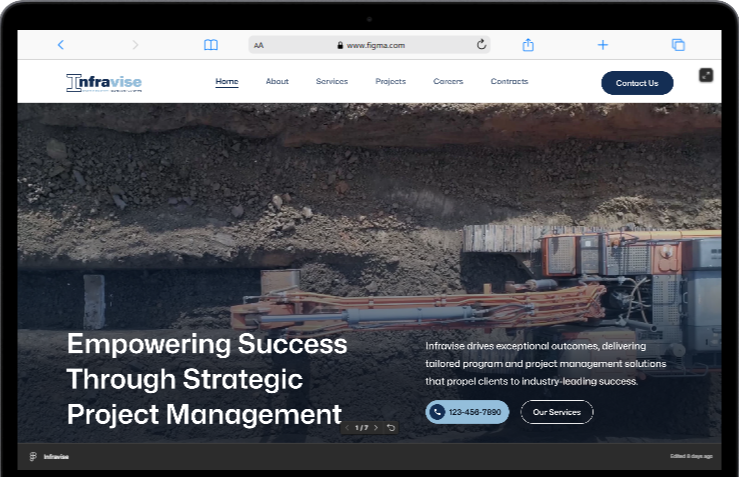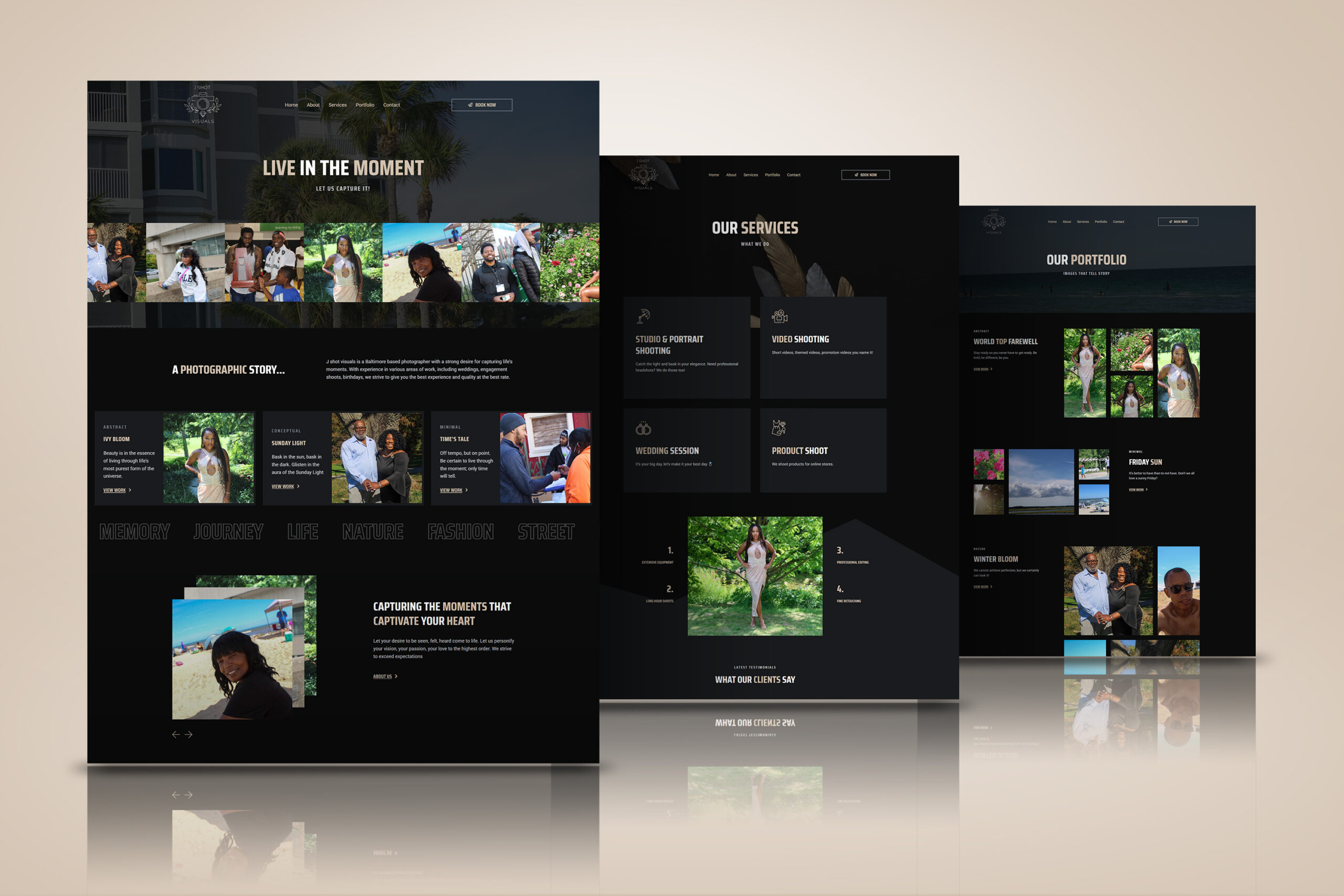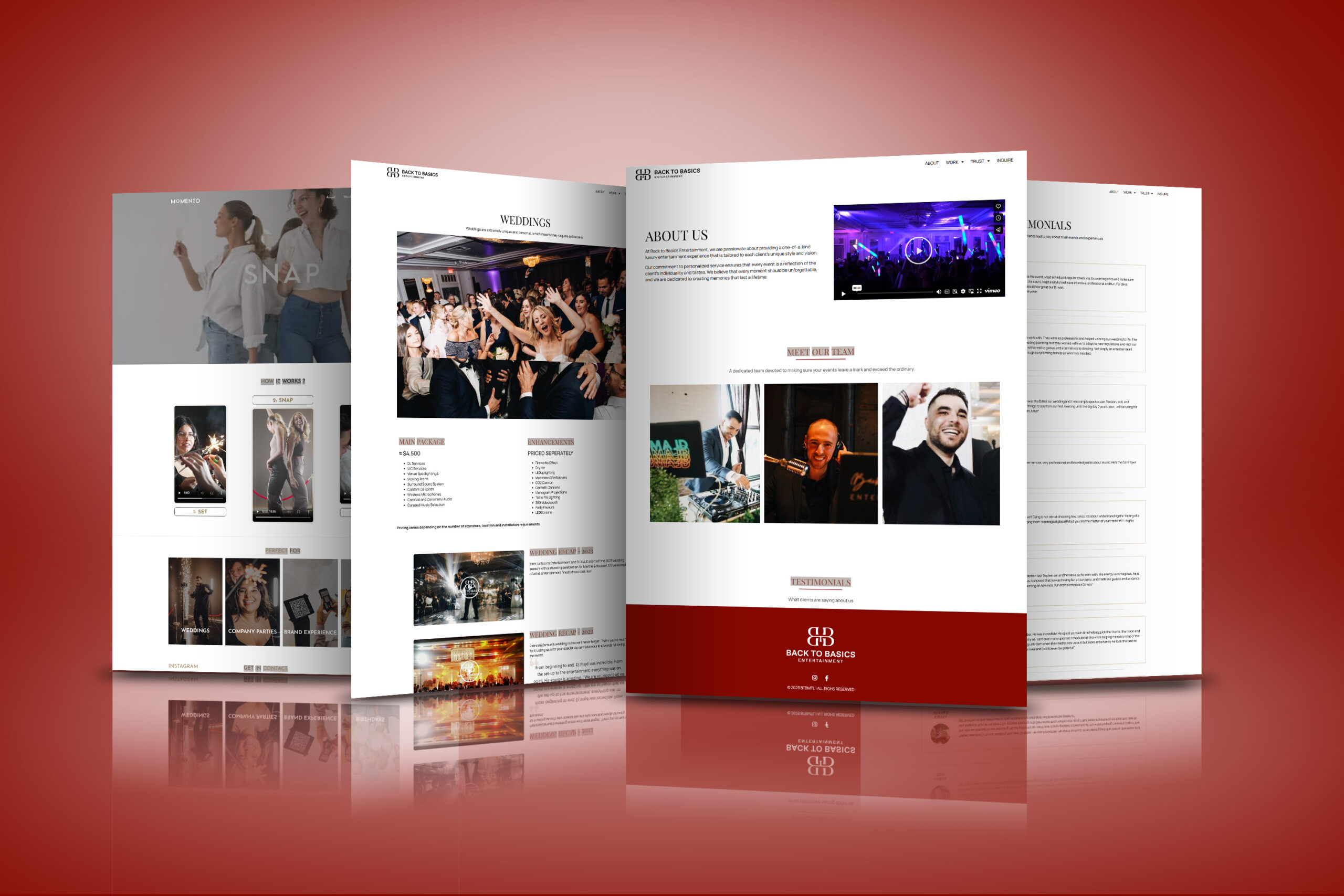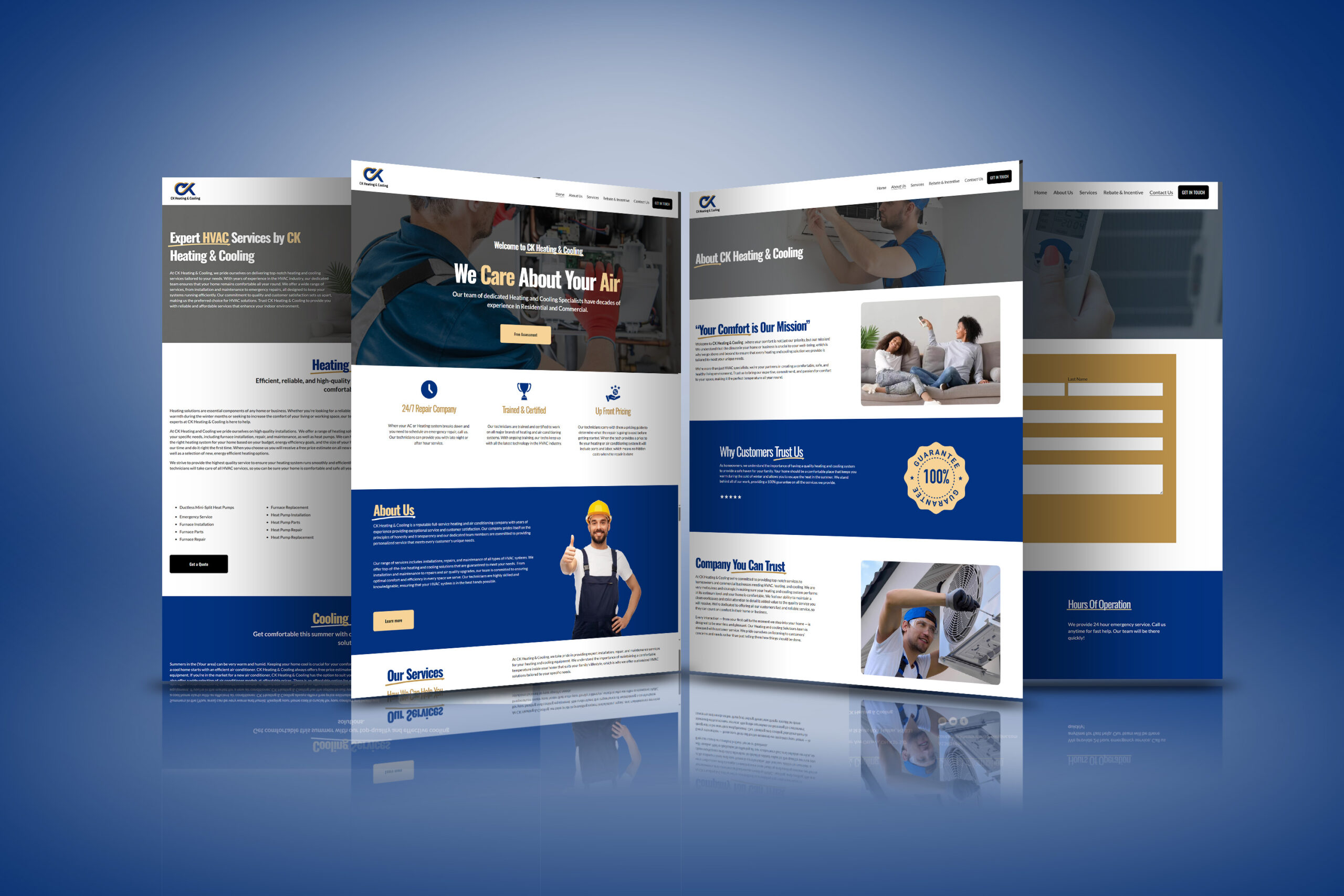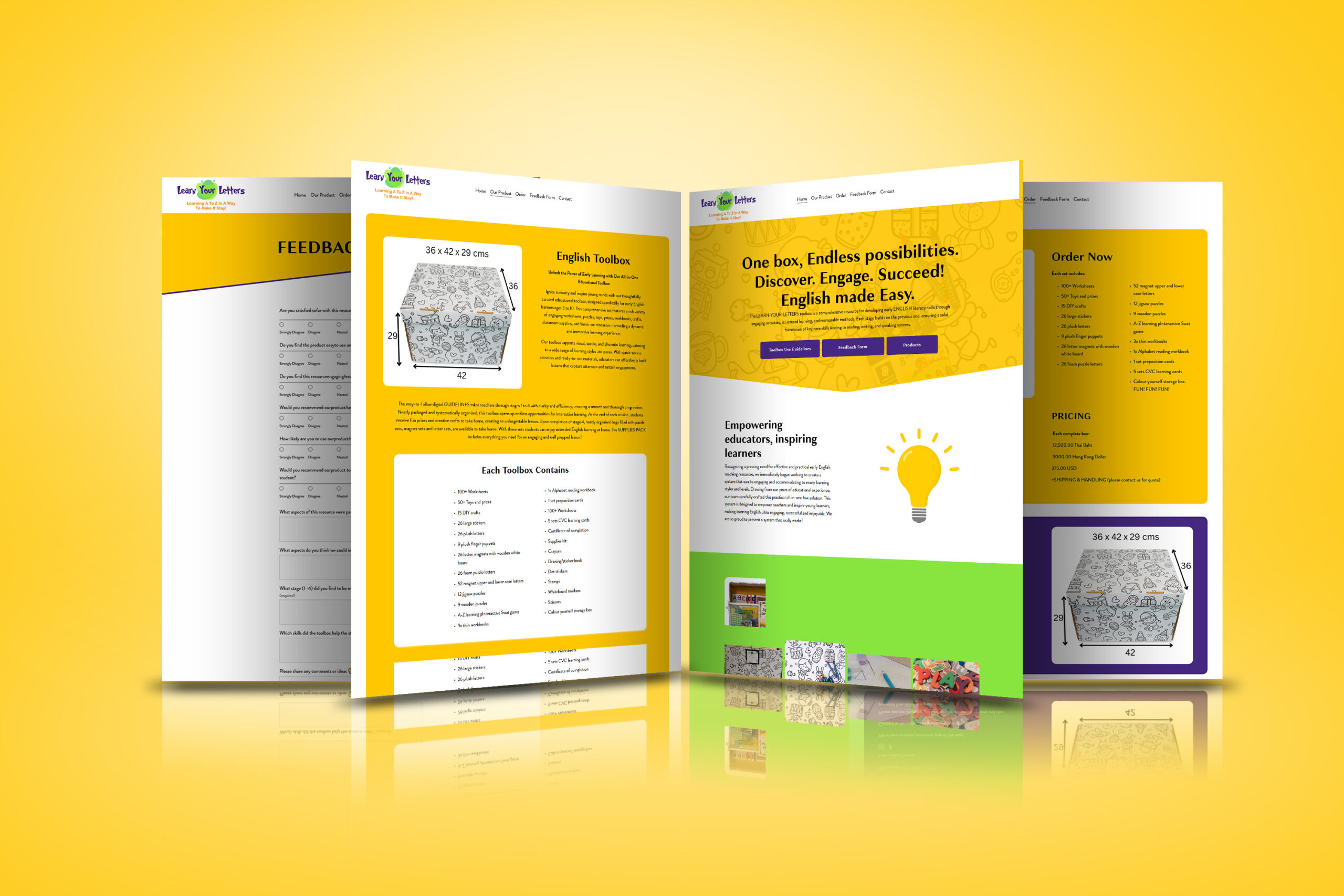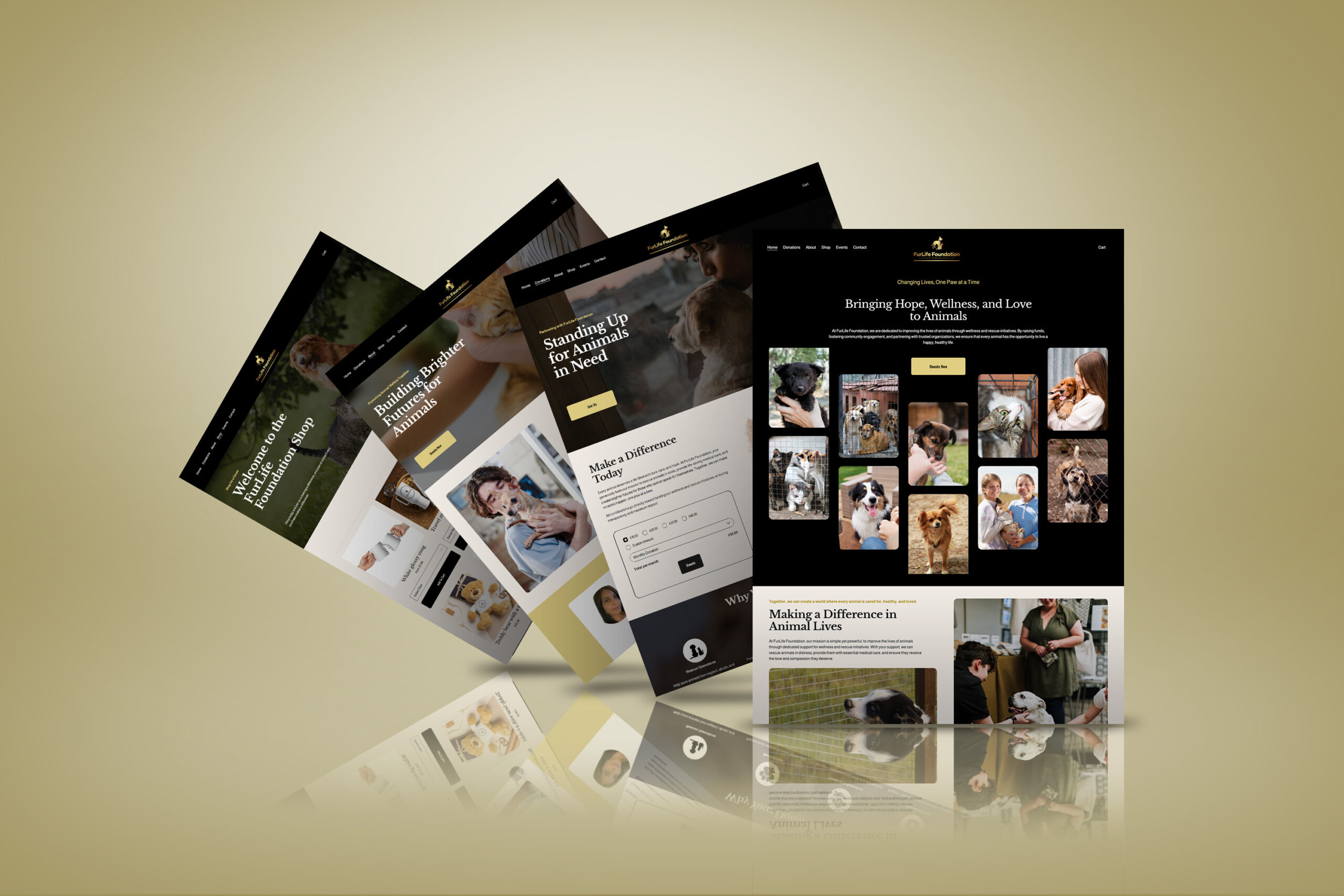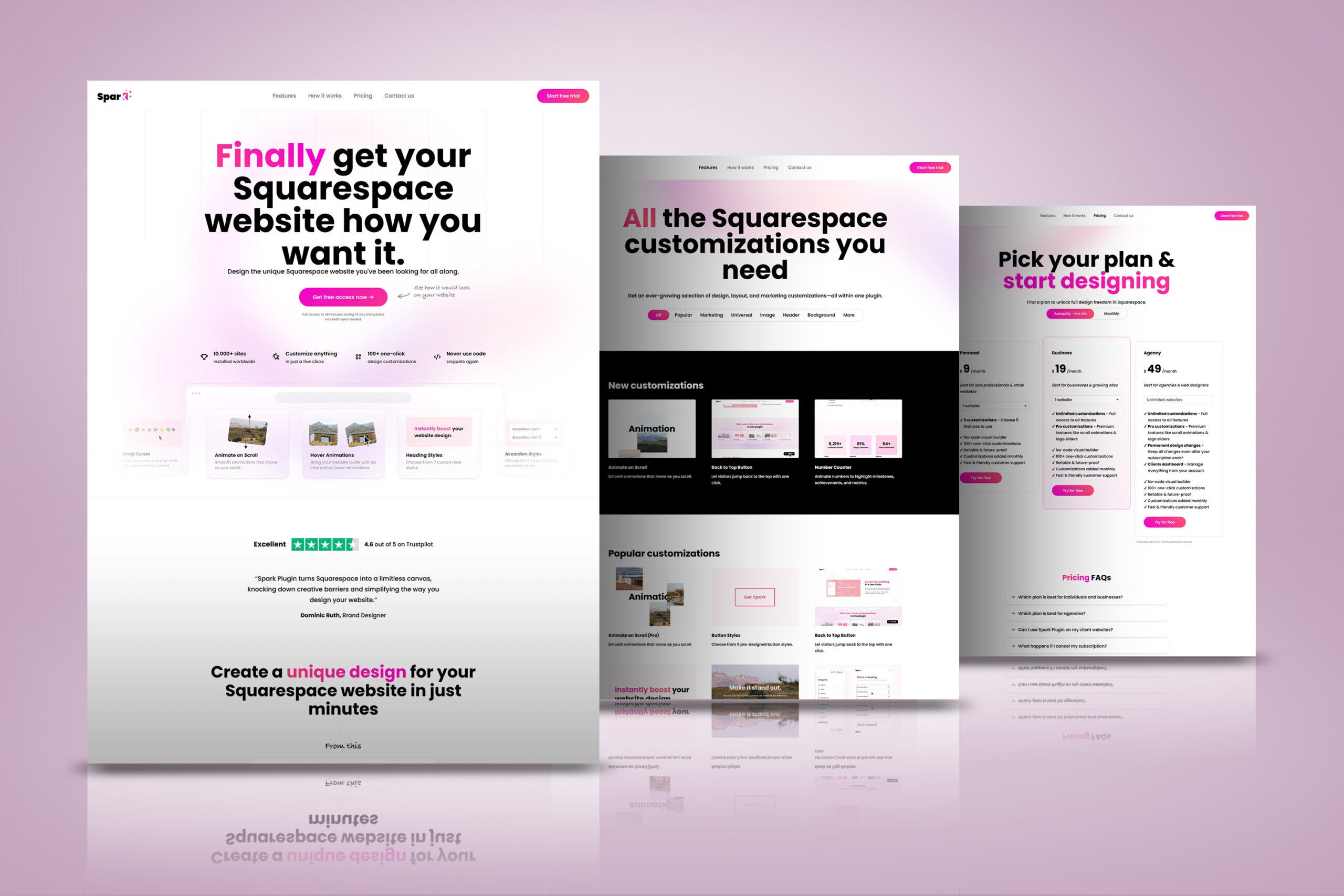Introduction
In today’s digital world, content management systems (CMS) need to be more flexible, scalable, and integrated than ever before. This is where Application Programming Interfaces (APIs) come into play. APIs enable CMS platforms to communicate with other applications, third-party services, and various front-end technologies. In this article, we’ll explore how APIs are transforming modern CMS platforms, their benefits, and how they enhance flexibility and integration.
1. What is an API in a CMS?
An API (Application Programming Interface) is a set of rules that allows different software applications to interact with each other. In the context of CMS platforms, APIs facilitate data exchange between the CMS and external applications, such as websites, mobile apps, eCommerce platforms, and more.
🔹 Types of APIs in CMS:
- RESTful API: Uses HTTP requests to manage content in a structured format (JSON/XML).
- GraphQL API: Provides a flexible query language that allows users to request specific content.
- SOAP API: A more traditional API standard, mainly used in enterprise applications.
- Webhook-based API: Sends real-time updates when content changes.
2. The Benefits of API-Driven CMS
🔥 Enhanced Flexibility
- APIs separate content management from content presentation, allowing developers to use any front-end technology (React, Vue.js, Angular, etc.).
- Enables multi-platform content delivery (web, mobile, IoT, voice assistants).
🚀 Improved Integration
- APIs connect CMS platforms with third-party services like CRM, marketing tools, analytics, and payment gateways.
- Seamless integration with eCommerce platforms (Shopify, Magento, WooCommerce).
- Supports automation and workflow improvements via integrations with AI tools and automation platforms.
⚡ Scalability & Performance
- API-based CMS solutions are often cloud-native, ensuring high availability and performance.
- Suitable for large-scale businesses managing content across multiple platforms.
🔒 Security & Data Control
- APIs allow for better authentication and authorization using modern security protocols (OAuth, JWT, API keys).
- Provides granular control over content access and permissions.
3. API-Driven CMS vs. Traditional CMS
| Feature | API-Driven CMS | Traditional CMS |
|---|---|---|
| Content Delivery | Decoupled from the front-end | Integrated with the front-end |
| Flexibility | Can work with any front-end technology | Limited to built-in templates and themes |
| Performance | Faster with optimized data fetching | May slow down with heavy plugins |
| Integration | Easily connects with external applications | Limited third-party integrations |
| Best Use Case | Headless CMS, mobile-first applications | Blogs, small business websites |
4. Popular API-First CMS Platforms
Some modern CMS platforms are API-first, meaning they are designed to work primarily through APIs:
- Contentful (Headless CMS with RESTful & GraphQL support)
- Strapi (Open-source Headless CMS with API-first approach)
- Sanity (Real-time collaboration and structured content APIs)
- GraphCMS (GraphQL-based CMS for high-performance content delivery)
- Prismic (Flexible API-driven content management solution)
5. How to Implement an API-Driven CMS
🔹 Step 1: Choose the Right API-First CMS
- Assess your business needs and choose a CMS that supports REST, GraphQL, or Webhooks.
- Consider scalability, performance, and integrations.
🔹 Step 2: Set Up Your API Connections
- Use the CMS’s API documentation to fetch, update, and manage content.
- Configure authentication mechanisms (OAuth, API keys, JWT tokens).
🔹 Step 3: Develop Your Front-End
- Use frameworks like React, Vue.js, Next.js, or Angular to consume CMS APIs.
- Implement caching strategies for faster API responses.
🔹 Step 4: Integrate Third-Party Services
- Connect marketing tools (HubSpot, Mailchimp) and analytics (Google Analytics, Hotjar).
- Automate content workflows using Zapier or Integromat.
6. The Future of APIs in CMS
The demand for API-driven CMS solutions is expected to grow. Here are some key trends shaping the future:
🔮 AI-Powered APIs – AI-driven content recommendations and personalization. 🔮 Voice & Chatbot Integration – APIs enabling content delivery to voice assistants and AI chatbots. 🔮 Blockchain for CMS APIs – Enhancing security and content authenticity. 🔮 No-Code/Low-Code API Management – Making API integration easier for non-technical users.
Conclusion
APIs have become a critical component of modern CMS platforms, enabling greater flexibility, seamless integrations, and improved scalability. Whether you’re building a headless CMS solution or integrating multiple applications, APIs empower businesses to create dynamic, future-ready digital experiences.
📢 Need help choosing or implementing an API-driven CMS? Ali DevSolutions has you covered! 🚀



